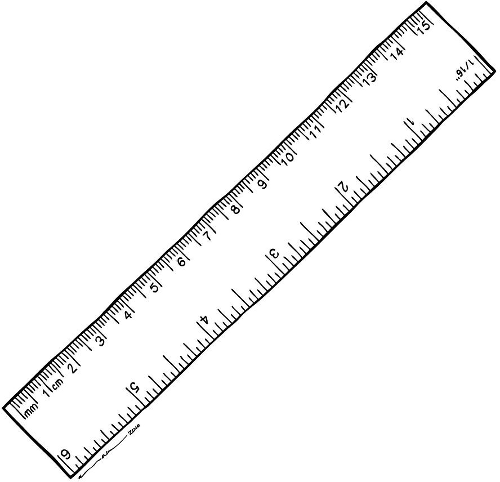Python Docstring Symmetry

If you’ve been doing Python for more than a month, then I’m sure you’re familiar with PEP-8, the official Python style guide. If you look at PEP-8, it doesn’t explicitly define any docstring style guidelines, but instead recommends following PEP-257’s rules.
In the Python community, it is considered a sin if you don’t strictly follow PEP-8. This is one of the things I really enjoy about Python, the community helps encourage best practices, and good coding style. Nothing wrong with that.
However, I hate to say it, but: PEP-257 is bullshit.
What I Like About PEP-257
I don’t hate everything about PEP-257, so before I get to the bad part, let me start by talking briefly about what I like.
-
PEP-257 encourages developers to write docstrings for all modules, functions, and classes. This is awesome. I totally agree. Docstrings are extremely useful for developers, and help show off some of Python’s awesome self-documenting and introspection capabilities.
-
PEP-257 encourages the use of triple double quotes (
""") as docstring delimiters. I agree again. It is nice to have consistency across multiple programs. -
PEP-257 suggests that very short one line docstrings be placed on a single line, but still use triple double quotes (
""") as delimiters. Again, this rocks. Let’s say you’re writing a private method for a class, and it is pretty self explanatory, don’t kill yourself writing long docstrings:
def _something_simple(x, y):
"""Adds x and y."""
return x+y
- PEP-257 says that you should NOT put your function signatures into your docstring, as they are already available through introspection. Makes perfect sense: don’t be redundant:
# Don't do this, please.
def stupid_function(a):
"""stupid_function(a) -> int"""
return 4
So, as you can (hopefully) see, I’m not some crazy rebel who hates standard conventions or anything. I love order just as much as the next programmer.
Where PEP-257 Goes Crazy
The main bulk of PEP-257 is describing how multi-line docstrings should look, and this is where things get ugly.
Basically, PEP-257 wants your multi-line docstrings to start immediately after
the opening triple quotes ("""), and end with a blank line. Here’s an
example:
# This example was stolen directly from PEP-257.
def complex(real=0.0, imag=0.0):
"""Form a complex number.
Keyword arguments:
real -- the real part (default 0.0)
imag -- the imaginary part (default 0.0)
"""
...
Here’s another example with a more full docstring:
def do_something(x=0.0, y=5):
"""Calculates your best friend's birthday by multiplying two numbers
together, then returning 4.
Keyword Arguments:
x -- anything, I don't care
y -- seriously
"""
...
Now, like most programmers I know, I’m a bit of an organizational freak. I like symmetry in my code, comments, and I have to have things perfectly aligned. PEP-257’s suggested multi-line docstring format drives me crazy.
I have two big problems with PEP-257’s suggested format:
-
PEP-257 wants me to start my docstring immediately after the triple quotes.
-
PEP-257 wants me to leave a blank line at the end of my docstring.
It doesn’t look clean or organized putting your comments immediately after the opening triple quotes. It also seems unnecessary to add an extra blank line at the end of each docstring.
What I Propose
Instead of listening to PEP-257, I suggest that Python developers instead adapt my style:
def complex(real=0.0, imag=0.0):
"""
Forms a complex number.
:param real: The real part (default 0.0).
:param imag: The imaginary part (default 0.0).
:return: An imaginary number, or False.
"""
...
This takes up the same amount of lines, except looks more symmetrical. We now have an uncluttered docstring, that is easier to scan over with your eyes, and looks nicer.
The description of what you’re documenting goes on the line directly below the opening triple quotes, and there is no blank line before the end of the docstring.
PS: If you read this far, you might want to follow me on Bluesky or GitHub and subscribe via RSS or email below (I'll email you new articles when I publish them).